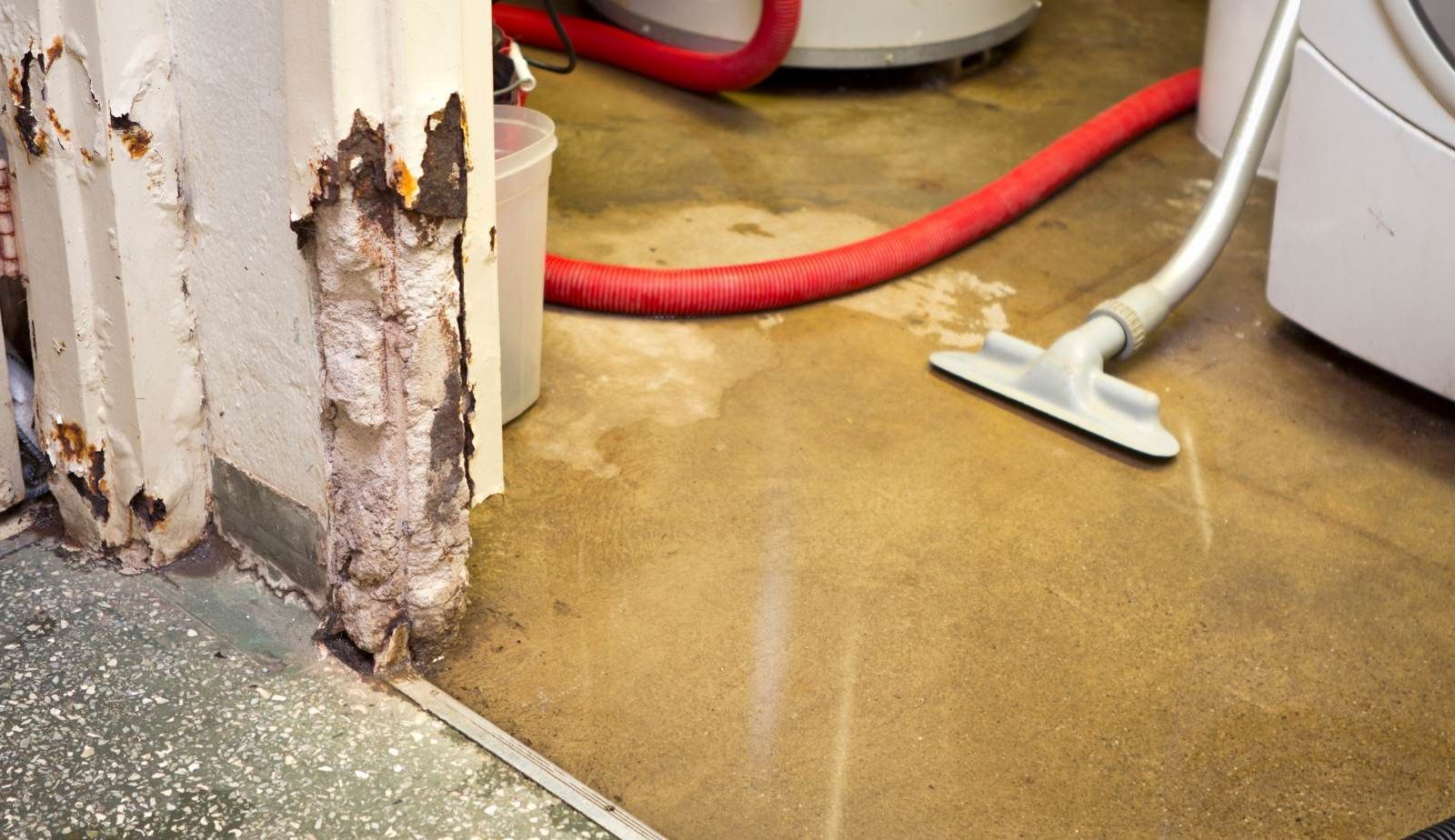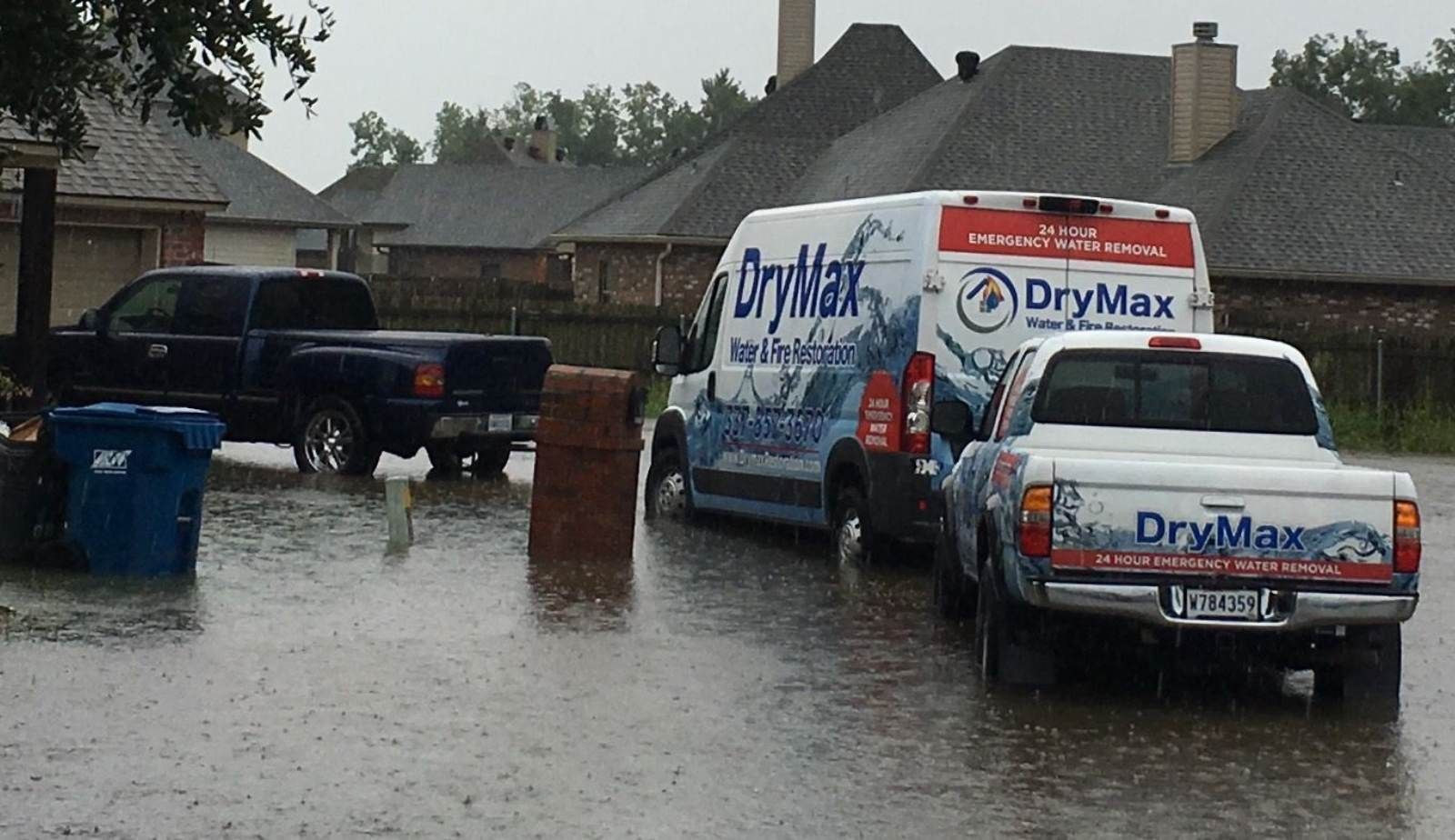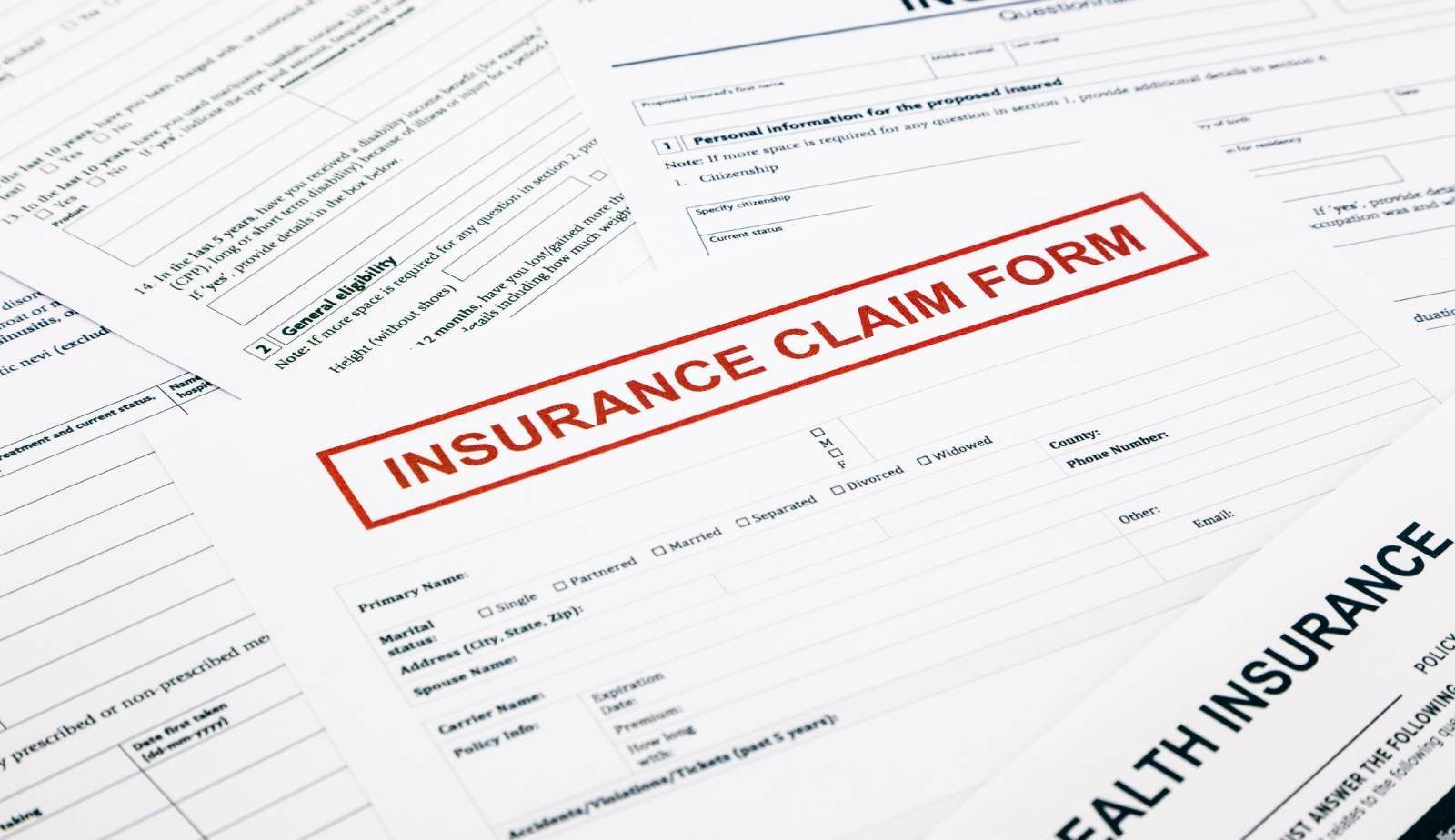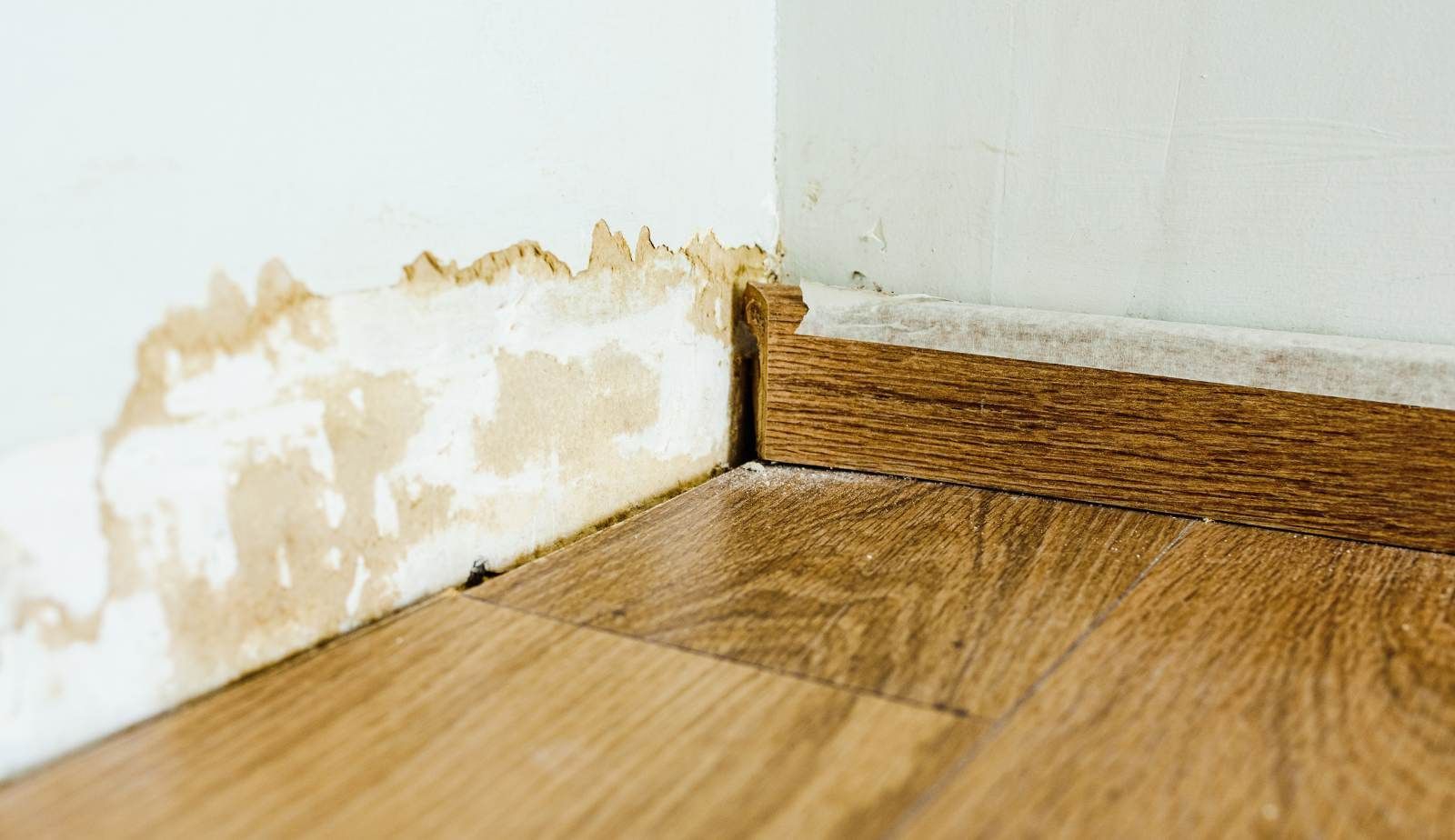After the Leak: Why Drying Isn’t Enough in Louisiana Homes – Drymax Advice
Water damage is a common issue in Louisiana homes, often resulting from leaks or heavy rainfall. Many homeowners mistakenly believe that drying visible water is sufficient to prevent further damage. However, it’s crucial to address hidden moisture to avoid costly repairs and potential mold growth.
Louisiana’s high humidity levels make homes particularly susceptible to ongoing moisture problems, posing risks that extend beyond the initial leak. Effective water removal involves comprehensive drying and proper ventilation to safeguard the structural integrity of the home. Neglecting these factors can lead to more significant issues down the line, including health concerns related to mold.
Drymax emphasizes the importance of professional inspection and drying techniques. Simply removing surface water is not enough; a thorough approach is necessary to ensure that homes remain safe and structurally sound after a leak. Understanding these key elements can make all the difference in maintaining a healthy living environment.
Why Drying Alone Falls Short After Water Leaks
Drying out a home after a water leak is an essential step, but it often does not address the complexities of water damage. There are significant risks associated with hidden moisture, incomplete drying, and overlooked secondary damages that can lead to long-term issues.
Hidden Moisture Risks
After a leak, not all moisture is visible. Water can become trapped behind walls, beneath floors, or inside insulation. This hidden moisture can create a breeding ground for mold and mildew, which may take weeks or months to fully develop.
Using a moisture meter can help locate these areas, but many homeowners do not take this step. If moisture levels remain high, they risk ongoing damage to the home’s structure and health issues due to air quality deterioration.
Dangers of Incomplete Drying
Even if the surface appears dry, the drying process might be incomplete. Incomplete drying allows moisture to linger, posing significant risks.
Factors such as humidity, temperature, and air circulation impact the drying duration. Delaying professional intervention can exacerbate these risks. This situation can lead to structural damage, requiring costly repairs later.
Overlooked Secondary Damages
Secondary damages often arise from untreated water leaks. Apart from mold, issues like wood rot and corrosion can silently progress.
Wood can warp or weaken, compromising structural integrity. Insulation may lose its effectiveness, increasing energy costs. Homeowners frequently overlook these problems as they focus solely on drying out visible areas, not realizing that potential damage is still occurring out of sight.
Taking a comprehensive approach post-leak is crucial to ensure the home remains safe and sound.
Unique Water Damage Challenges in Louisiana Homes
Louisiana homes face specific water damage challenges primarily due to the region's high humidity, common leak sources, and unique climatic conditions. These factors contribute to a higher risk of structural damage and health hazards within residences.
Impact of High Humidity Levels
High humidity levels in Louisiana are a significant contributor to water damage. When humidity is consistently above 60%, indoor moisture can promote mold growth, mildew, and other dangerous conditions.
This damp environment can lead to condensation on colder surfaces, which can further exacerbate existing leaks.
Homeowners might notice increasing problems with paint peeling or wall discoloration.
To mitigate these risks, maintaining indoor humidity levels through ventilation and dehumidifiers is crucial. Regular checks on HVAC systems can also help manage moisture, reducing potential damage.
Common Leak Sources: Burst Pipes, Roof Leaks, and Sewage Backup
In Louisiana, burst pipes, roof leaks, and sewage backups are frequent sources of water damage. Aging plumbing systems are often vulnerable to temperature fluctuations that cause pipes to expand and burst, leading to rapid water accumulation.
Roof leaks, especially post-storm or hurricane, create entry points for rainwater, potentially saturating insulation and ceilings.
Sewage backups can arise from heavy rainfall overwhelming drainage systems, introducing hazardous waste into homes.
To address these issues, routine inspections of plumbing and roofing, particularly after severe weather, are essential. Homeowners should also be familiar with their home's drainage system to quickly identify and mitigate backups.
Climate and Structural Vulnerabilities
Louisiana's climate contributes to its unique water damage challenges. Frequent rain, tropical storms, and hurricanes can quickly raise the water table, saturating the soil around homes.
This saturation can lead to unintended foundation shifts and structural issues such as cracked walls and uneven flooring.
Additionally, many homes are built on or near flood-prone areas, increasing vulnerability.
Using water-resistant building materials and proper drainage solutions can lessen these risks. Homeowners should prioritize maintaining clear gutters and downspouts to direct water away from the foundation, thus minimizing structural vulnerabilities.
Unseen Threats: Mold Growth and Structural Issues
In Louisiana homes, moisture from leaks can lead to significant hidden challenges beyond visible damage. Mold growth, structural damage, and compromised indoor air quality can develop stealthily, necessitating immediate attention.
Rapid Mold and Mildew Development
Mold and mildew flourish in humid environments, making Louisiana an ideal breeding ground. Once a leak occurs, mold can begin growing within 24 to 48 hours if the area is not adequately dried.
Mold reproduces through spores that become airborne, which can settle on wet surfaces and create colonies. Key indicators of mold presence include:
- Musty odors
- Visible patches
- Paint bubbling or peeling
Recognizing these signs early is essential to contain the growth before it spreads more extensively.
Structural Damage to Walls and Floors
Moisture from leaks can lead to significant structural damage, particularly in walls and floors. Mold feeds on organic materials like wood, compromising the integrity of floor joists and framing.
Warped floors and visibly damaged walls can indicate deeper issues.
Common structural problems include:
- Weakened joists
- Crumbling drywall
- Compromised ceilings
These issues can escalate costs for repairs if left unchecked, making swift remediation crucial.
Long-Term Consequences on Indoor Air Quality
Mold growth has detrimental effects on indoor air quality, impacting the health of occupants. Mold spores and their byproducts can trigger allergic reactions and respiratory issues.
Individuals with existing health conditions, such as asthma, may experience exacerbated symptoms when exposed to mold.
In addition, mold can produce mycotoxins, which can lead to long-term health complications if inhaled regularly. Maintaining good air quality involves not only addressing existing mold but also preventing future growth through proper moisture control.
Identifying Warped Floors and Other Damage
Warped floors are often a clear sign of moisture problems in a home. Homeowners should regularly inspect their flooring for signs of:
- Bowing
- Buckling
- Soft spots
These indicators suggest water damage that could lead to more serious issues like collapse or severe mold infestation.
Visual inspections, coupled with moisture meters, can help detect underlying problems early. Addressing these concerns immediately can save homeowners from costly repairs and potential health risks associated with mold growth.

Professional Water Damage Assessment: Tools and Techniques
Professional water damage assessments are vital for accurately identifying the extent of damage and formulating effective remediation strategies. This process employs specialized tools and techniques that ensure all moisture sources are detected, verified, and addressed properly.
Using Moisture Meters and Hygrometers
Moisture meters are essential instruments in assessing water damage. They come in two main types: pin-type and pinless meters.
- Pin-Type Meters: These have two pins that penetrate the material, providing accurate moisture readings in wood and drywall.
- Pinless Meters: These utilize electromagnetic waves to measure moisture without causing damage, ideal for large areas.
Hygrometers, on the other hand, measure the humidity levels in the air. Maintaining humidity within the recommended range of 30% to 50% is critical to preventing mold growth. Professionals often use both tools in conjunction to determine not only surface moisture but also deeper levels of saturation in materials. Consistent readings guide further remediation steps and drying protocols.
Thermal Imaging Cameras for Hidden Moisture
Thermal imaging cameras are crucial for identifying hidden moisture behind walls, under floors, and in ceilings. This technology detects temperature variations, which can indicate the presence of water that is not visible to the naked eye.
Key benefits include:
- Non-Destructive Testing: No damage occurs to surfaces during inspections.
- Comprehensive Coverage: They enable swift scans of large areas.
- Immediate Insights: Issues can be identified quickly, allowing for rapid response.
Employing thermal imaging can save time and resources by directing attention to specific areas needing drying or repair. This level of precision is particularly useful in Louisiana's humid climate, where lingering moisture can lead to significant mold issues if not promptly addressed.
Water Extraction and Damage Mapping
Effective water extraction is a critical component of the damage assessment process. It involves the use of pumps and wet vacuums to remove standing water promptly.
Primary techniques include:
- Pumps: High-capacity pumps handle significant volumes of water quickly, particularly useful in severe flooding situations.
- Wet Vacuums: These are ideal for smaller flooded areas, efficiently extracting residual moisture from carpets and hard surfaces.
After extraction, professionals often create a damage map to document affected areas. This map helps in planning restoration efforts effectively and identifies where moisture readings are still high. Accurate mapping ensures that no hidden issues persist, safeguarding against future water-related problems.
Comprehensive Drying Process Best Practices
Achieving effective drying after a leak is crucial to prevent long-term damage in homes. Key components of the drying process include selecting the right equipment and understanding various factors that affect drying times. Proper ventilation strategies also play a significant role in maintaining an optimal environment for drying.
Dehumidifiers vs. Air Movers
Dehumidifiers and air movers serve distinct but complementary functions in the drying process. Dehumidifiers work by drawing in moist air, extracting the moisture, and releasing drier air back into the environment. They are essential for reducing humidity levels, which helps prevent mold growth.
Air movers, on the other hand, increase airflow across wet surfaces, enhancing evaporation rates. They can be positioned at various angles to target specific areas, ensuring comprehensive coverage.
Best Practice Tip: Use both dehumidifiers and air movers in tandem for optimal results. This combination effectively reduces moisture levels while increasing air circulation, promoting faster drying.
Drying Time Estimates and Factors
The drying time for structures after a water leak can vary widely. Typically, the drying process can take anywhere from 24 hours to several days, depending on multiple factors.
Key influencing factors include:
- Type of Material: Porous materials like wood and drywall absorb moisture and take longer to dry.
- Extent of Water Damage: Larger volumes of water will require more intensive drying efforts.
- Environmental Conditions: Humidity levels, temperature, and airflow significantly impact drying times. Warmer temperatures and lower humidity will expedite drying.
Estimates suggest that a properly implemented drying process can see most areas dried in 3-5 days. Continuous monitoring with moisture meters helps ensure effectiveness.
Optimal Ventilation Strategies
Effective ventilation is integral to a successful drying process. Properly managed airflow facilitates quicker moisture removal. Here are some recommended strategies:
- Open Windows and Doors: If weather permits, this can allow for fresh air circulation.
- Mechanical Ventilation: Using fans can help exhaust moist air from the space while drawing in drier air.
- Cross-Ventilation: Positioning air movers to create a directional flow can enhance drying efficiency.
Best Practice Tip: Monitor humidity levels regularly while ventilating. This ensures that the environment remains conducive for drying without leading to mold growth. Effective ventilation, in tandem with dehumidification and airflow management, accelerates the overall drying process.
Beyond Drying: Restoration, Sanitization, and Remediation
Drying is just the first step in addressing water damage in Louisiana homes. Effective restoration involves careful handling of various types of water, thorough sanitization, and diligent mold remediation. Each factor plays a critical role in ensuring a safe and healthy living environment.
Handling Clean, Grey, and Black Water
Water is categorized based on its contamination level. Clean water comes from sources such as broken pipes or rain and poses minimal health risks. Grey water originates from appliances like washing machines, containing some contaminants that may cause discomfort but are not immediately hazardous. Black water, which includes sewage or floodwater, poses severe health threats due to pathogens and toxins.
When dealing with these types of water, it’s essential to wear protective gear, including gloves and masks, especially when handling grey and black water. Emergency response should include:
- Block off access to contaminated areas.
- Remove any contaminated materials safely.
- Implement appropriate disposal methods, following local regulations.
Sanitization Steps After Water Damage
Once the affected area has been dried, sanitization becomes crucial. The goal is to eliminate pathogens and prevent lingering odors. Effective sanitization involves several steps.
- Using appropriate cleaning agents: Utilize products specifically designed to neutralize bacteria and fungi.
- Disinfecting all surfaces: Apply a sanitizing solution to hard surfaces, ensuring to cover high-touch areas.
- Ventilation: Increase airflow to expedite drying, reducing moisture, and discouraging microbial growth.
After the sanitization process, air scrubbers can further improve air quality by filtering out remaining contaminants. Failure to properly sanitize can lead to health risks and further issues, such as mold development.
Mold Remediation and Prevention
Mold thrives in moist environments, making it a significant concern following water damage. Remediation is essential to remove existing mold while preventing future growth.
- Identification and assessment: A thorough inspection will identify hidden mold and moisture sources.
- Containment: Seal off the affected area to prevent spores from spreading during removal.
- Removal: Use specialized equipment and products to effectively eliminate mold, followed by HEPA filtration to capture any airborne spores.
To prevent recurrence, maintaining optimal indoor humidity below 60% is crucial. Regular inspections of plumbing and HVAC systems also help identify potential water intrusion before it escalates.
When to Call Water Damage Restoration Services
For extensive water damage or a challenging remediation process, professional water damage restoration services are advisable. These experts offer comprehensive solutions encompassing assessment, restoration, and remediation services.
Homeowners should consider contacting professionals when:
- The affected area exceeds 10 square feet.
- There is significant black water contamination.
- Structural components, such as walls or foundations, show signs of damage.
Restoration services possess the experience, equipment, and techniques to ensure effective recovery, reducing the risk of mold and other hazards.
Drymax’s Expert Advice for Lasting Home Protection
For homeowners in Louisiana, effective protection against water damage requires more than just drying out after a leak. It involves proactive measures and continuous monitoring to safeguard homes from potential issues that can arise in a humid climate.
Preventative Maintenance Strategies
Implementing a regular maintenance schedule is critical in Louisiana’s humid environment. Homeowners should routinely inspect their roofs, gutters, and drainage systems to prevent water accumulation.
Key tasks include:
- Cleaning Gutters: Ensure they are free from debris. Clogged gutters can lead to water overflow.
- Sealing Cracks: Check for and seal gaps in walls, foundations, and around windows to minimize water entry.
- Roof Inspections: Periodic checks of roofing materials can help identify wear and prevent leaks.
Regular maintenance not only prolongs the life of a home but also reduces the risk of significant water damage.
Monitoring Humidity and Moisture Long Term
Maintaining ideal indoor humidity levels is essential for preventing mold growth and preserving structural integrity. In Louisiana, humidity can soar, making it crucial for homeowners to monitor moisture levels regularly.
Using a hygrometer, individuals can track humidity trends:
- Ideal Range: Aim for indoor humidity levels between 30% and 50%.
- Action Steps: If humidity exceeds this range, consider using dehumidifiers or enhancing ventilation.
Additionally, scanning for hidden moisture spots in areas like basements, attics, and behind walls can help identify issues early.
Choosing the Right Equipment for Louisiana Homes
Selecting appropriate equipment is vital for effective moisture control. High-capacity dehumidifiers are often necessary to combat the persistent humidity prevalent in Louisiana climates.
Factors to consider include:
- Capacity: Choose units that can handle the volume of water present, especially after heavy rainfall.
- Energy Efficiency: Look for ENERGY STAR-rated models to minimize electricity usage.
- Portability: Mobile units allow for flexibility in addressing moisture in different areas of the home.
Investing in the right equipment and employing regular maintenance practices will enhance protection against water damage effectively.

Frequently Asked Questions
Louisiana homeowners often face unique challenges after a leak occurs. Addressing moisture and understanding the importance of professional restoration are crucial for maintaining a safe living environment.
What are the hidden dangers of moisture in Louisiana homes after a leak?
Moisture can lead to structural issues, such as wood rot and weakened foundations. It can also create an environment ripe for mold and mildew growth, which poses health risks.
Why is professional water damage restoration important even after drying out my home?
Professional restoration services bring specialized knowledge and equipment essential for thorough drying and remediation. They ensure all moisture is addressed, reducing the risk of long-term damage and health issues.
What steps should homeowners take to ensure complete moisture removal following a leak?
Homeowners should begin by locating and stopping the source of the leak. Removing standing water and utilizing fans and dehumidifiers can enhance airflow and moisture evaporation.
Can mold develop even after a thorough drying process, and how can it be prevented?
Yes, mold can develop if any moisture remains. Homeowners should monitor humidity levels and ensure adequate ventilation to prevent mold growth, even after the visible moisture is cleared.
What equipment is necessary for effectively drying out a Louisiana home post-leak?
High-capacity pumps, wet vacuums, industrial fans, and dehumidifiers are critical for effective drying. Each tool serves distinct purposes in removing water and lowering humidity levels.
How quickly should water damage restoration begin to prevent long-term issues in Louisiana homes?
Restoration should commence within 24 to 48 hours after a leak to minimize damage. Quick action helps reduce the risk of mold growth and structural problems.
You might also like
DryMax Restoration Blogs





